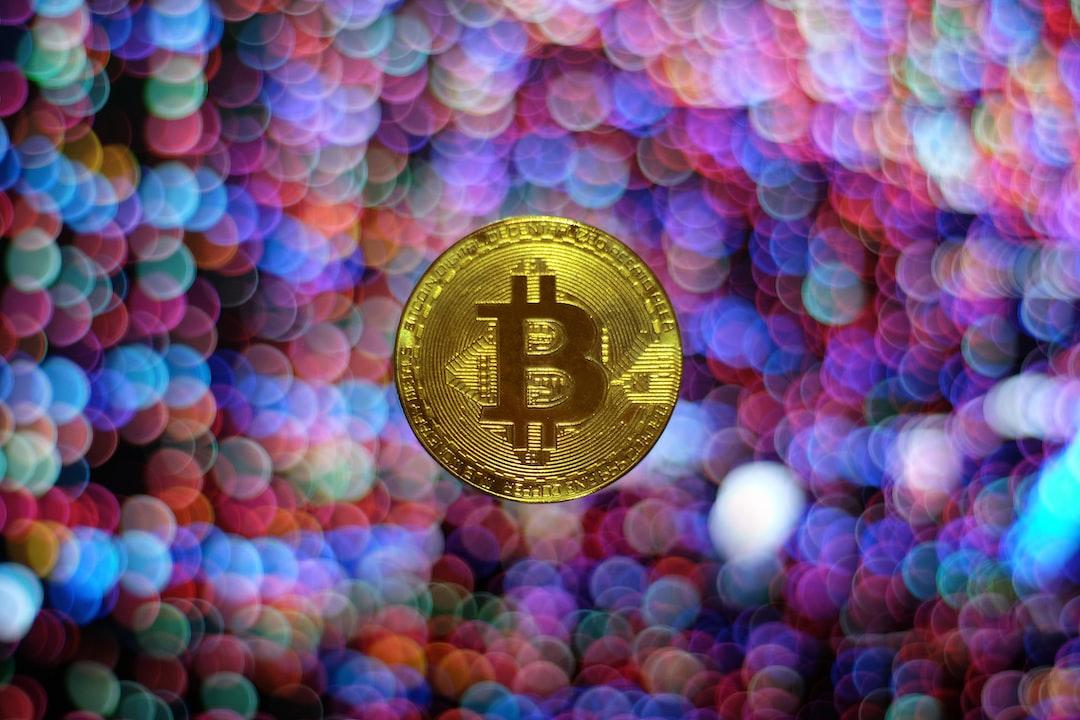As the price of cryptocurrencies recently reached new all-time highs, there are risks of excessive speculation in the cryptocurrency market, especially considering the recent discussion surrounding meme coins. Why does the market continue to repeat these cycles instead of supporting blockchain-based innovations that are more efficient and truly transformative?
Meme coins are primarily humorous tokens that originated from online communities focused on jokes. You may have heard of Dogecoin, which is based on the ancient Doge meme and features an image of a Shiba Inu. When someone jokingly added a cryptocurrency that later gained some financial value, it became a loose online community. These “meme coins” embody various aspects of internet culture and are mostly harmless, while other meme coins are not.
However, my goal is not to defend or undermine meme coins, but to point out the outdated policies and institutions that enable the flourishing of meme coins, thereby hindering more efficient use cases and blockchain-based tokens. Any meme creator can easily create, launch, and even automatically list tokens, including tokens that disparage specific politicians and celebrities. But do entrepreneurs want to create something real and lasting? They are stuck in a regulatory purgatory.
In fact, it is safer to launch a meme coin without a use case today than to launch a useful token. Think of it this way: if our securities market only incentivized GameStop meme stocks but refused companies like Apple, Microsoft, and NVIDIA – all of which have products people use daily – we would consider it a policy failure. However, current regulations encourage the listing of meme coins rather than other more useful tokens. The lack of clear regulation in the crypto industry means that platforms and entrepreneurs have always been concerned that the more productive blockchain tokens they are listing or developing may suddenly be deemed securities.
I refer to the distinction between these more speculative and productive use cases in the crypto industry as “computers vs. casinos.” One culture (“casinos”) views blockchain as a token issuance mechanism primarily for trading and gambling. The other culture (“computers”) is more interested in blockchain as a new platform for innovation, just like previous internet, social, and mobile platforms. Over time, the meme coin community may develop its tokens by adding more utility; after all, many disruptive innovations we use today initially looked like toys. “Utility” is important because tokens are essentially a new digital primitive that can provide online property rights to anyone. More efficient blockchain-based tokens enable individuals and communities to own (rather than just use) internet platforms and services.
These open-source, community-operated services can address many of the problems we face with large tech companies today: they can provide more efficient payment systems, verify authenticity to prevent deepfakes, allow more voices into specific social networks, or enable the ability to exit specific social networks – especially if you dislike the network’s governance policies or the people it drives away and retains. They can allow users to vote on platform decisions, especially if their livelihoods depend on the platform. They can serve as “human proof” against AI. Or they can generally serve as a decentralized counterbalance to centralized power in companies.
Our legal framework should encourage such innovation. So why do we prioritize memes over innovation? The U.S. securities laws do not authorize the SEC to make performance-based judgments on investments. The SEC’s mandate is also not to completely eliminate speculation. Instead, the agency’s role is to (1) protect investors; (2) maintain fair, orderly, and efficient markets; and (3) facilitate capital formation. In the digital asset market and tokens, the U.S. SEC has failed to achieve all three goals.
The primary test the U.S. SEC uses to determine if something is a security is the Howey test from 1946, which involves evaluating many factors – including the existence of reasonable profit expectations from the efforts of others. Take Bitcoin and Ethereum as examples: while both of these crypto projects started from one person’s vision, they evolved into developer communities without any entity controlling them – hence potential investors do not have to rely on anyone’s “efforts of others.” These technologies now function more like public infrastructure rather than proprietary platforms.
Unfortunately, other entrepreneurs building innovative projects do not know how to qualify for the same regulatory treatment as Bitcoin and Ethereum. Bitcoin (founded in 2009) and Ethereum (founded in 2013-2014) are the only two significant blockchain projects to date that the SEC has explicitly or implicitly considered not involving managerial work (both were founded over a decade ago). The SEC’s lack of transparency and approach – including applying the Howey test through enforcement actions – has also resulted in much confusion and uncertainty in the industry. While the Howey test is well-founded, it is inherently subjective. The SEC has expanded the meaning of the test so broadly that ordinary assets, even things like Nike shoes, can be considered securities today.
Meanwhile, meme coin projects have no developers, so meme coin investors do not pretend to rely on anyone’s “efforts of others.” As a result, meme coins thrive while innovative projects struggle. Investors ultimately face more risks rather than less.
The answer is not to reduce regulation but to strengthen it. Specific solutions include adding carefully designed disclosure information and providing more information to ordinary investors. Another solution is to require longer lock-up periods to prevent quick get-rich schemes and incentivize more long-term building.
Similar protective measures were implemented by regulatory agencies after the prosperity of the 1920s and the stock market crash in 1929 led to the Great Depression. Once these guidelines were in place, we witnessed an unprecedented era of market and economic growth and innovation. Regulatory agencies should learn from past mistakes and pave the way for a better future for everyone.


